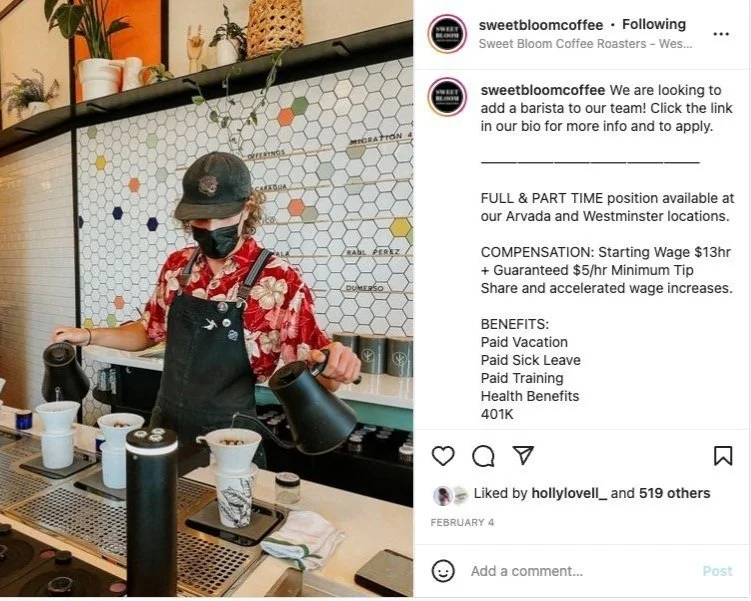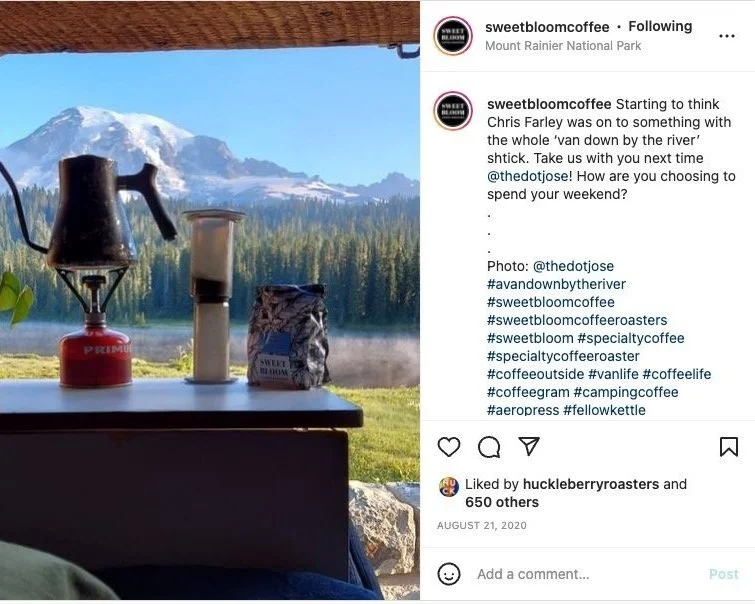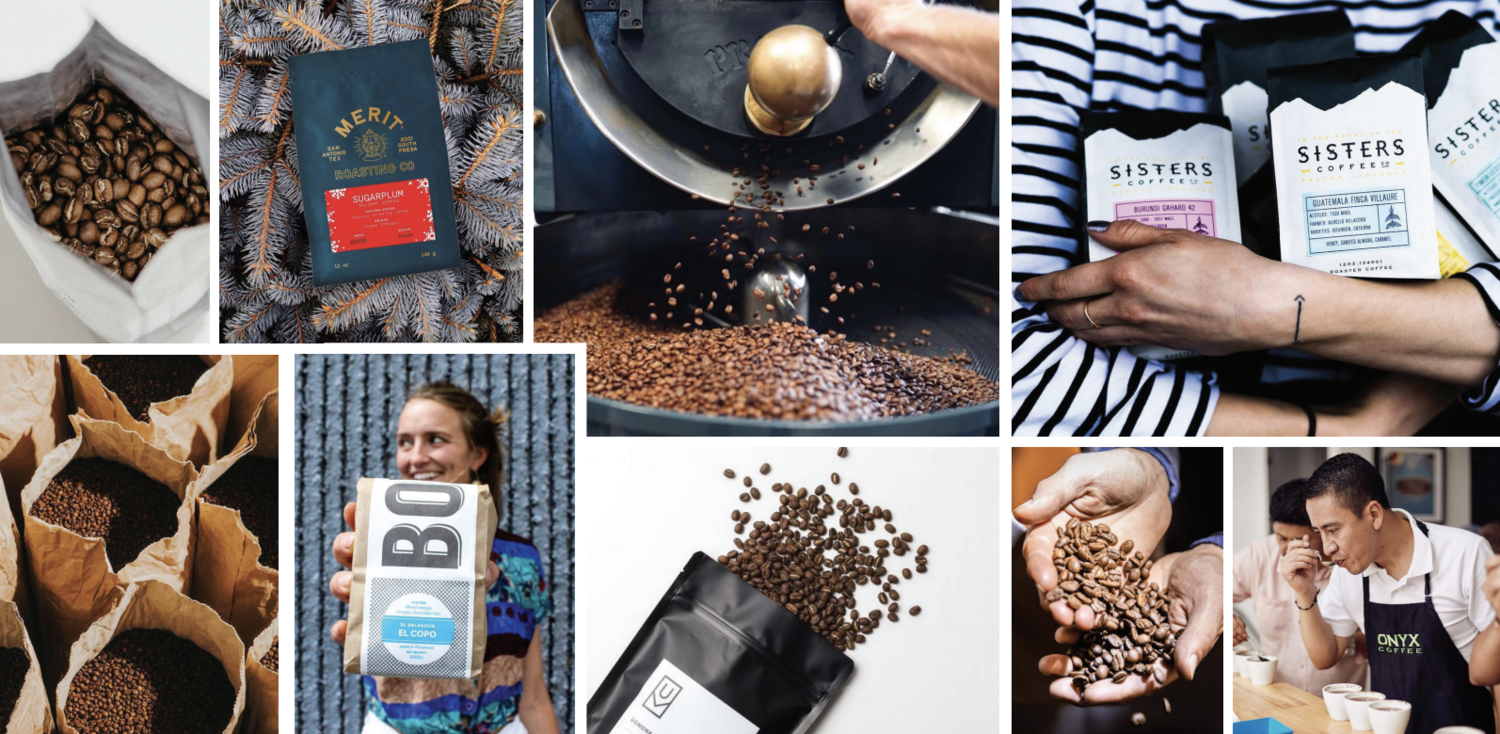Instagram for Small Businesses (and Budgets!)
For small business owners, who often wear many hats, social media can sometimes feel like “another thing to do.” Yet while some may dismiss social media as a distraction, it can actually be an incredible marketing tool for your business—especially when you know how to make it work for you.
The first step is making a strategic decision of what social platforms to use. We’re happy to report that “all of them” is not the recommended answer! For the vast majority of our clients—service providers in the food, hospitality, wellness, design or lifestyle sectors—Instagram is the obvious choice, and some businesses (like restaurants) even use it as a primary tool for communicating with their customers. Moreover, for small businesses with limited bandwidth, we always recommend mastering just one social channel, rather than spreading your team too thin.
At Cognoscenti Creative, we offer Instagram audits and strategy as an add-on service for our branding and website content clients, due to the fact that we already know their businesses inside and out. Given this insider knowledge about a client’s target audiences and business goals, we can help create a logical framework for what to post on social, when to post (aka frequency) and how to use the tool to better engage your followers. It’s worth noting that this approach is different than agencies that will simply run your social media for you. We genuinely believe that the best person to control your Instagram account is someone who works at your business day-in, day-out. We’re simply here to give your team a few pointers.
Let’s take our clients Sweet Bloom Coffee Roasters as an example. We initially began working with their team on refining their brand storytelling, which naturally extended into providing strategic support for their social media. In this case, we started with an audit of their current content—highlighting what was working and what wasn’t. What we quickly realized was that their followers responded best to human-centric posts and behind-the-scenes updates from their three Colorado cafes, as well as updates on the new beans (and sweet treats!) that were hitting their shops that week.
We also looked at other coffee companies—in Denver and further afield—that could provide inspiration for deeper forms of storytelling. In that process, we identified three themes that could help elevate their brand:
Farm-to-Cup Storytelling: A focus on the growers that Sweet Bloom partners with across the globe, as well as detailed tasting notes for each of their new coffee releases.
Coffee for Urban Creatives: A photo-driven dive into the eye-catching, trend-setting coffee shops and baristas who work with Sweet Bloom’s product.
Staying True to Your Roots: An exploration of Colorado’s influence on the brand, highlighting a community of regulars and the proximity to nature as sources of inspiration.
From there, we created a photography inspiration board of the types of images we felt the Sweet Bloom team could easily capture on their phones during day-to-day service, without needing to hire a professional photographer. We also identified which kinds of posts belonged in the Instagram feed, versus those that were better suited to Stories or Highlights. Last but not least, we shared a few best practices, including the advice to post high quality content 2-3 times / week, rather than feeling the pressure to post each day.
We’re proud to say that, in the months since this Instagram strategy exercise, we have seen a marked difference in the brand’s social content. What made us more proud than anything was that each post felt like an honest, down-to-earth expression of who these talented professionals are. With a little help and some structured parameters, they were able to capture the in-person experience of their brand in a digital format. Most of all, they’ve developed their own consistent style of storytelling—a social media presence that is uniquely, distinctly, Sweet Bloom.







